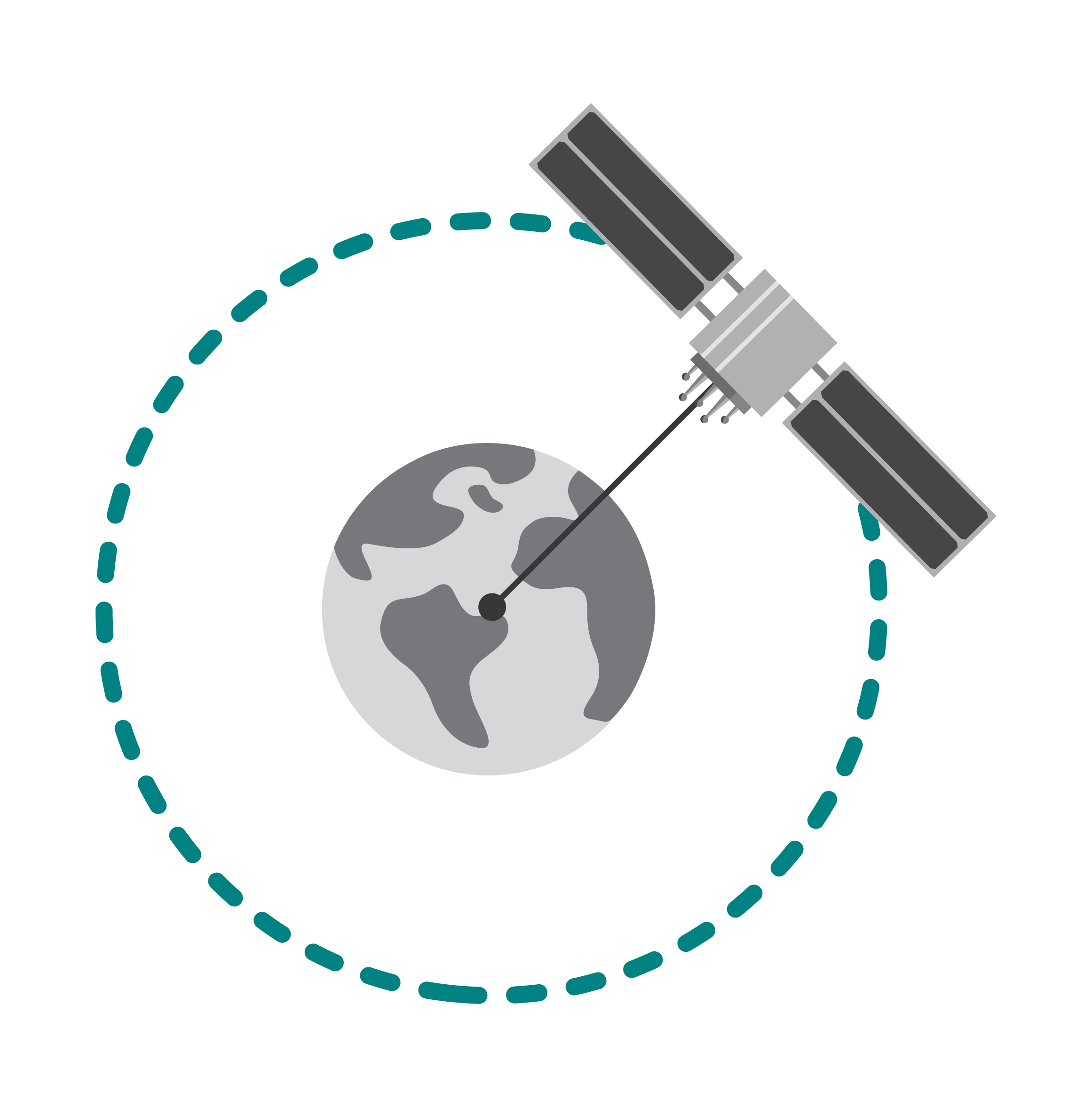
Dual Frequency GNSS is considered a giant leap forward in the evolution of GNSS technology. It overcomes ranging errors generated in the Ionosphere, where a storm of electrons bend a single frequency line of sight to the satellite, adding length to the range (for the spatial thinker) or delay (for the frequency time thinker). When you observe two frequencies from the same satellite, the difference between their measured behavior and their known theoretical behavior in the vacuum of space indicates the ranging error being caused by the Ionosphere.
A logical step forward on the path to ruling out Ionospheric ranging errors further is the introduction of a third frequency into the mix. At the time of writing, GNSS hardware manufacturers are betting on triple frequency GNSS technology lending even more clarity to the Ionospheric effect. If economics were not a constraint in building an ideal infrastructure focused solely on supporting absolute positioning performance, a gold standard like octuple GNSS frequencies would make ranging to a satellite through the Ionosphere equally as accurate as ranging to that satellite through a vacuum….Though the challenges of getting all parties to agree on how to accomplish this could dwarf the economic constraints.
But that is not the focus of this blog post…exactly. What about all of the fielded L1-only receivers deployed since GPS hit the commercial mainstream? Does Single Frequency still make sense today?
Dual and triple frequency GNSS shipments are projected to have double-digit compound annual growth into 2025. But the vast majority of GNSS Chipsets out there are Single Frequency L1, and dual frequency L1L2 or L1L5. Triple frequency GNSS shipments are a comparative 1.8 % sliver of the more than 2.2 billion Receivers forecasted to ship in 2025.
Granted, these forecasts were made before the Covid pandemic and the ensuing supply chain instability that continues to plague the manufacturers of all things electronic. Certainly, there is good reason to make the most of what we have in hand now. Namely, the single frequency receiver. So, let’s examine the case for this humble yet widely fielded positioning device.
A single frequency receiver calculating an autonomous single point position can achieve an accuracy of 5m CEP, and DGNSS accuracy 1m CEP. With PPP corrections supplied to innovative positioning algorithms, 50 cm accuracy can be established easily in under 30 seconds. With RTK Corrections—within 3km of your local base station—2 cm is possible. Comparing these figures to a multi–Frequency receiver, the expected Single point, DGNSS, PPP and RTK accuracies that are achievable are respectively 1.2m, 50 cm, 20 cm and 1 cm (with the part per million RTK baseline not degrading accuracy until you were 40 km away). There is no question that including more frequencies helps with positioning performance. And with more satellite observations, positioning becomes more robust.
As a caveat to any GNSS performance specification, there is no way to account for every adversity in the environment. Therefore, every manufacturer of GNSS receivers can only post test results obtained in perfect conditions, with no obstructions or reflective surfaces from horizon to horizon, in all directions, using a geodetic grade antenna, and a perfectly tuned RF cable network connected to the receiver. Testing is repeated and monitored over months to satisfy the savviest in statistical position punditry.
The critical point here is that across all positioning techniques single frequency receivers also produce better positioning accuracy when fed corrections their positioning algorithms can consume. Obstructions to direct line of sight affect all receivers, regardless of frequency capabilities, and are mitigated with the ability to track more constellations, increasing the probability of a satellite tracking in a direct line of sight. While justifiable for some applications and even negligible to implement multi frequency, a good bet for products with integrated single frequency receivers could be an update to their firmware for better positioning by connecting to the best corrections possible.
If the humble single frequency GNSS receivers out there can consume corrections and can be connected to the internet, there is still positioning performance to be realized. Should your product or service fall within this category, please contact us for an expert consultation on how Rx Networks’ assistance data services can boost the performance of your current positioning engine.

